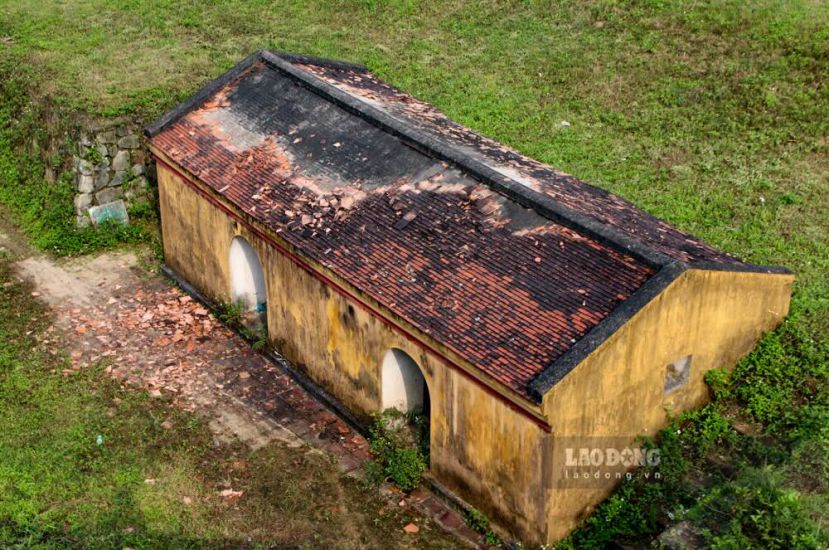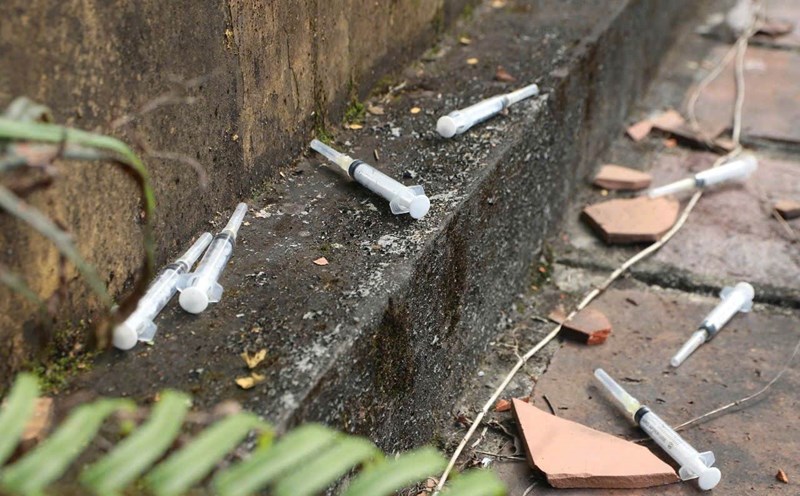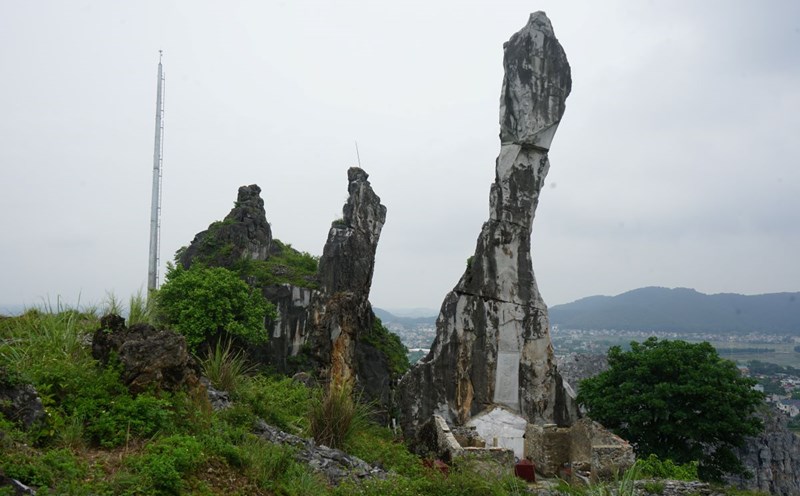Protecting relics is not just a matter of encouragement
In response, in addition to specific reports on the incident, the enforcement levels below also raised countless difficulties. The Hue Monuments Conservation Center admitted: The protection force is currently very thin compared to the huge amount of monuments that need to be managed. Many new projects have been handed over, while human resources have not increased. Complex phenomena such as theft and sabotage are increasingly common.
In particular, with the tombs of King Nguyen located in mountainous areas and remote areas, night patrols are almost impossible. The Center has directed local coordination and building a grassroots security network through the people. However, this is just a temporary measure. In the long term, it is necessary to invest in more methodical and professional resources to ensure the safety of heritage.
Not only lacking in human resources, many relics also face great difficulties in terms of funding for maintenance and protection. The budget for investment in the conservation of relics in many localities is still sparse, mainly relying on socialized sources - which are unstable. Many relics are seriously degraded but cannot be restored because they have not been ranked, or lack legal documents. In particular, the current investment procedures for preserving, embellishing and preserving relics face many difficulties due to the overlapping and complicated regulations.
Mr. Nguyen Xuan Truong - Head of the Department of Cultural Heritage Management, Department of Culture and Sports of Ninh Binh province - said: In many relics that have not been ranked, the main caregivers are the elderly, monks, or people in the family. These people do not have a stable support regime, only receiving incense oil from religious activities. This causes many risks in the work of protecting ancient and precious objects at the relic.
Handling acts of encroachment on relics also faces obstacles due to lack of deterrence in legal regulations. Thefts and excavation of relics are often difficult to investigate and prosecute due to lack of evidence or an inadequate penalty framework. Meanwhile, the community monitoring network has not been effective.
The Department of Culture, Sports and Tourism of Thanh Hoa has also issued a document directing subordinates to " Strengthen", "prevent", " handle"... but also admitted that if only stopping at the document and crying out, the effectiveness of heritage protection will be difficult to sustainable.

Need a fundamental strategy for long-term preservation
Responding to the press, Dr. Phan Thanh Hai - Director of the Department of Culture and Sports of Thua Thien Hue - emphasized: We need to approach conservation work in a modern way, not only through administrative measures or manual protection, but also with the support of technology, especially digital technology and a smart heritage governance model. According to Mr. Hai, community participation is a decisive factor. We preserve not only to preserve ancient architecture but also to preserve the memory, identity and soul of the land, he said.
Similarly, Prof. Dr. Luu Tran Tieu - former Chairman of the National Cultural Heritage Council - repeatedly pointed out: Heritage is invaluable capital. If we only take care of exploitation without protecting it, sooner or later we will leave a lifeless void for the next generation. He said that it is necessary to establish a strict monitoring mechanism from the grassroots level, with clear regulations on the responsibility of local heads if heritage damage occurs.
In fact, in Ninh Binh, with ranked relics, the Management Board has installed cameras and has people on duty 24/7, thanks to which theft has significantly decreased.
The situation of relic encroachment in the North Central provinces and Ninh Binh shows serious shortcomings in heritage protection work. Relying on the " awareness" of people and tourists is not enough. Cultural, archaeological and heritage management experts have repeatedly recommended: It is necessary to upgrade the relic monitoring system, arrange enough specialized security personnel, and apply digital technology (such as AI cameras, motion sensors, QR codes for access monitoring) to proactively detect and prevent damage.
Each incident of relic encroachment is a painful lesson. And without a proactive, fundamental mechanism - from human investment, technology, finance to community supervision - all reactions are just firefighting. Therefore, it is impossible to "los the cow to worry about building a barn".











